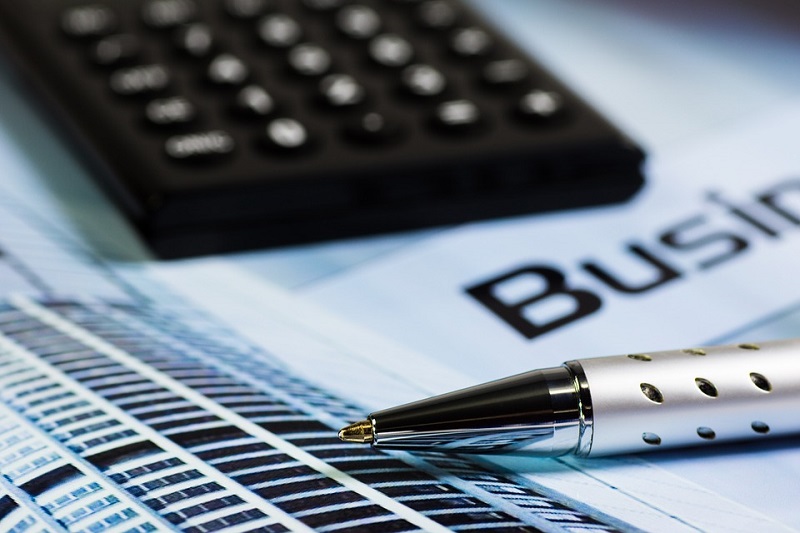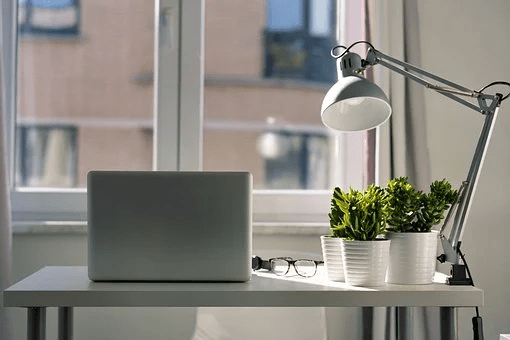Increasing your small business profits can be done in many ways, and each tactic is appropriate for a different point in your growth. Most of the time, bringing in more business is a direct line to an increase, but increasing your volume of business isn’t always possible. Neither is looking for a new market to claim a share in. When you need to raise revenue without an opportunity to expand, the key is to find ways to lower your overhead without giving up the tools you need to do your best work. Often, the newfound cost efficiency helps build up the reserve cash needed to make a move toward expansion. At the same time, the lowered overhead helps make sure profit is maximized in existing departments before taking a risk on something new. Here are some ideas.
1. Conduct an Insurance Review
Finding cost efficiencies in a company’s risk management plan can involve a lot of different moves, and it all depends on what you need for coverage and what you are currently using. For some businesses, alternative risk transfer models provide an opportunity to access coverage without the additional administrative costs associated with an insurer. For others, looking into a comprehensive policy that eliminates the need to work with several different specialty insurers can bring savings. Sometimes, it’s even as simple as eliminating areas where you over-bought coverage. All these changes tend to make your insurance costs go down.
2. Be More Aggressive With Your Tax Planning

Working with a tax professional is essential for businesses that want to pursue every possible deduction and accurately track expenses. These administrative moves help make sure you don’t overpay for taxes in any area, including both state and federal corporate income taxes. Tax planning isn’t a one time problem, though. Chances are you will need ongoing help to keep the right cost-saving processes going throughout the year. Most of the time, though, a good tax accountant saves a business more than the cost of services.
3. Audit Equipment Use
It’s very common for companies to wind up investing in equipment that is only used for a short time or that is only used sporadically. There are a lot of reasons for this, but often the issue is as simple as a change in client needs or priorities. That equipment tends to pile up, and maintaining it costs money. If it’s powered up, you’ve got the reserve consumption raising your power bill, too. You can free up working capital by deciding what can go into long-term storage so it stops consuming utilities and what can be sold, to free up space and working capital or by canceling leases for equipment you don’t need.















